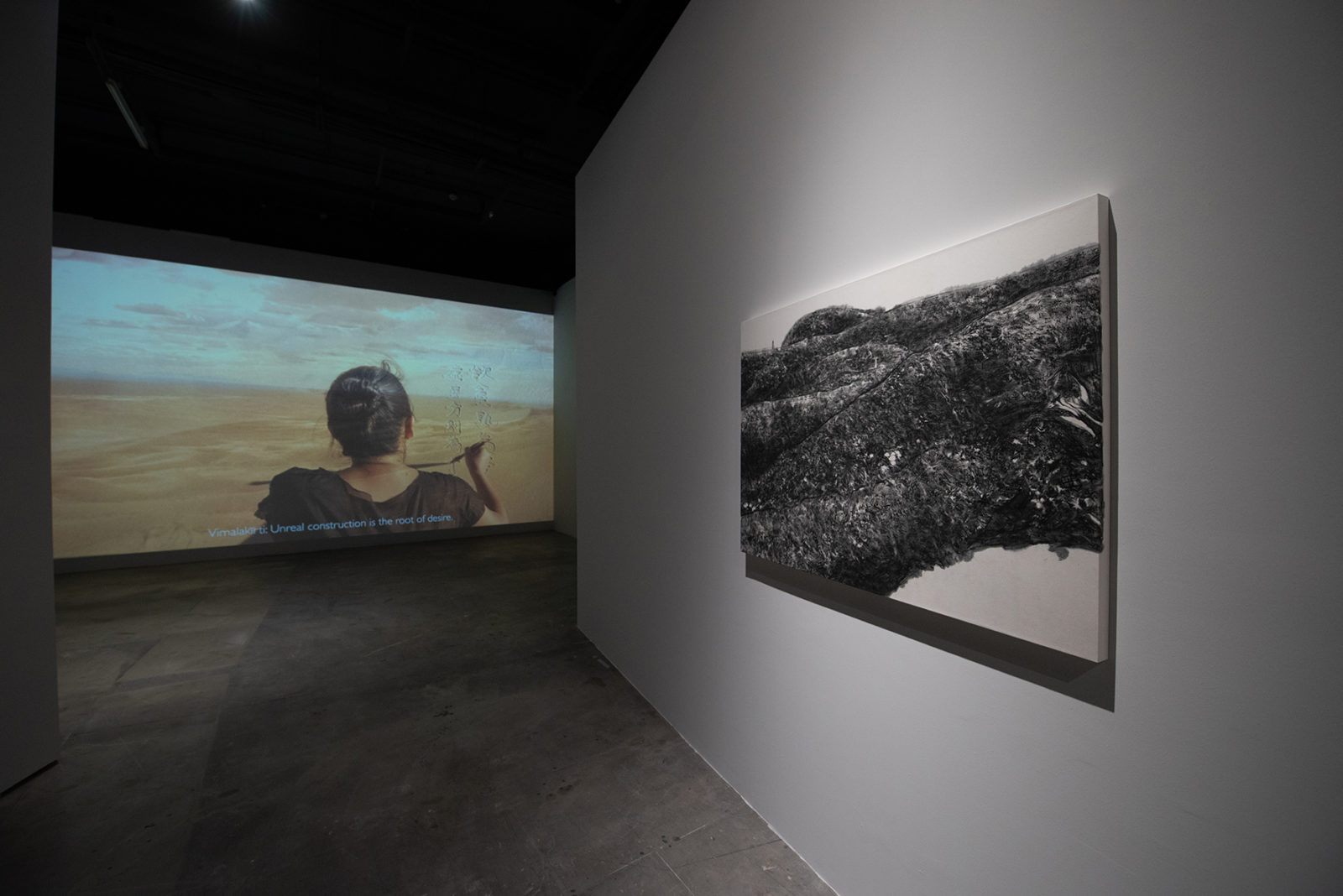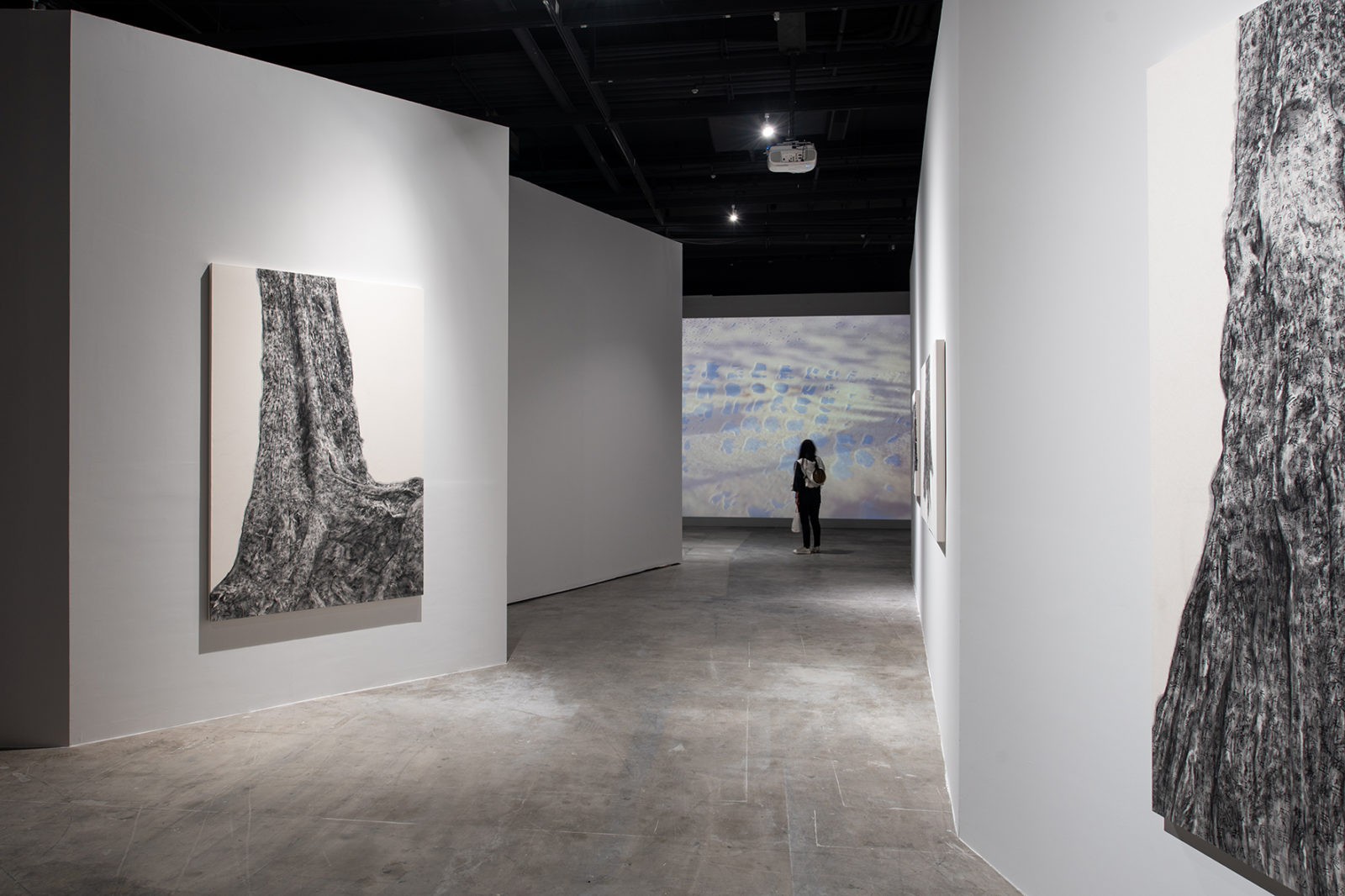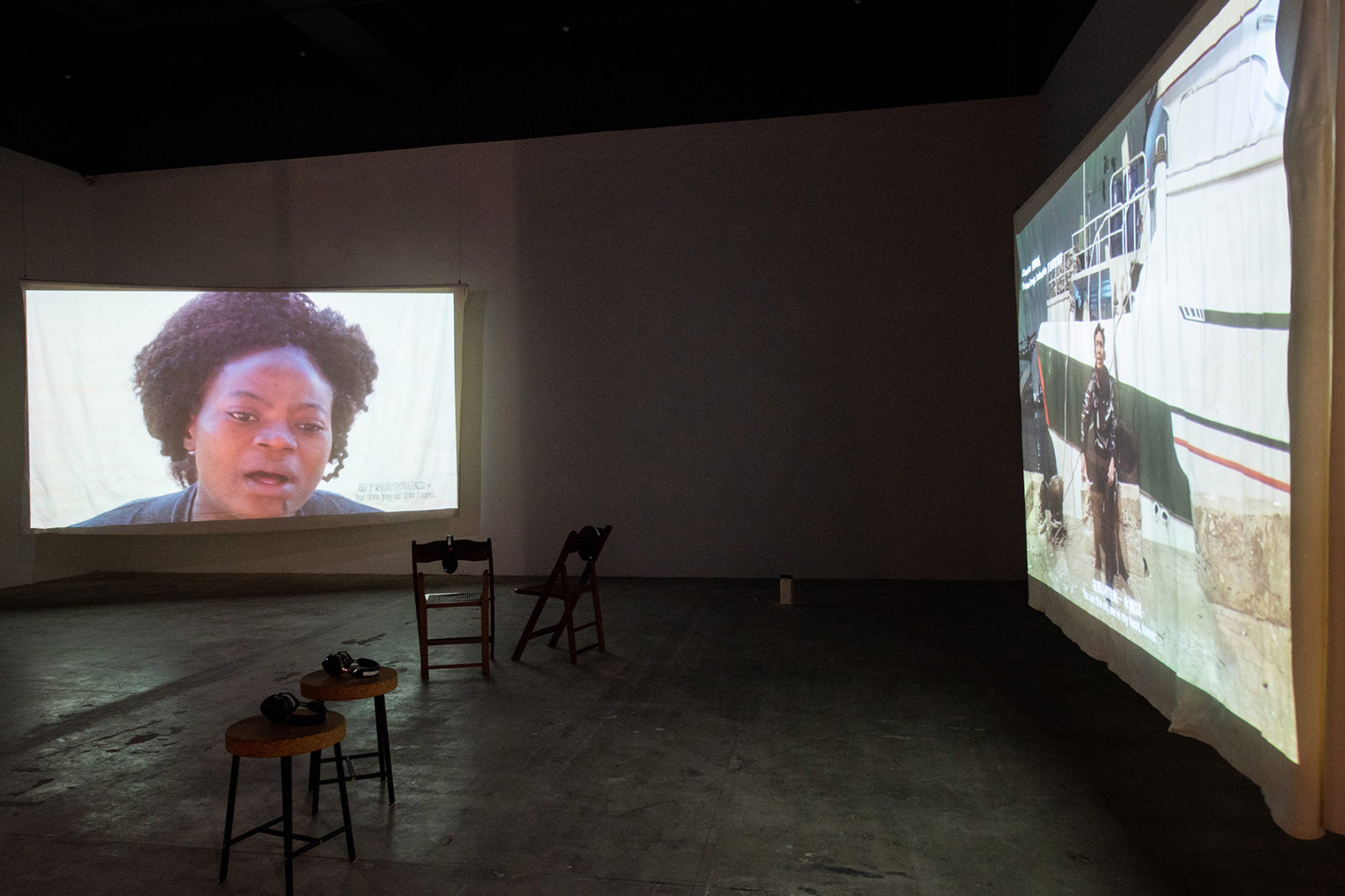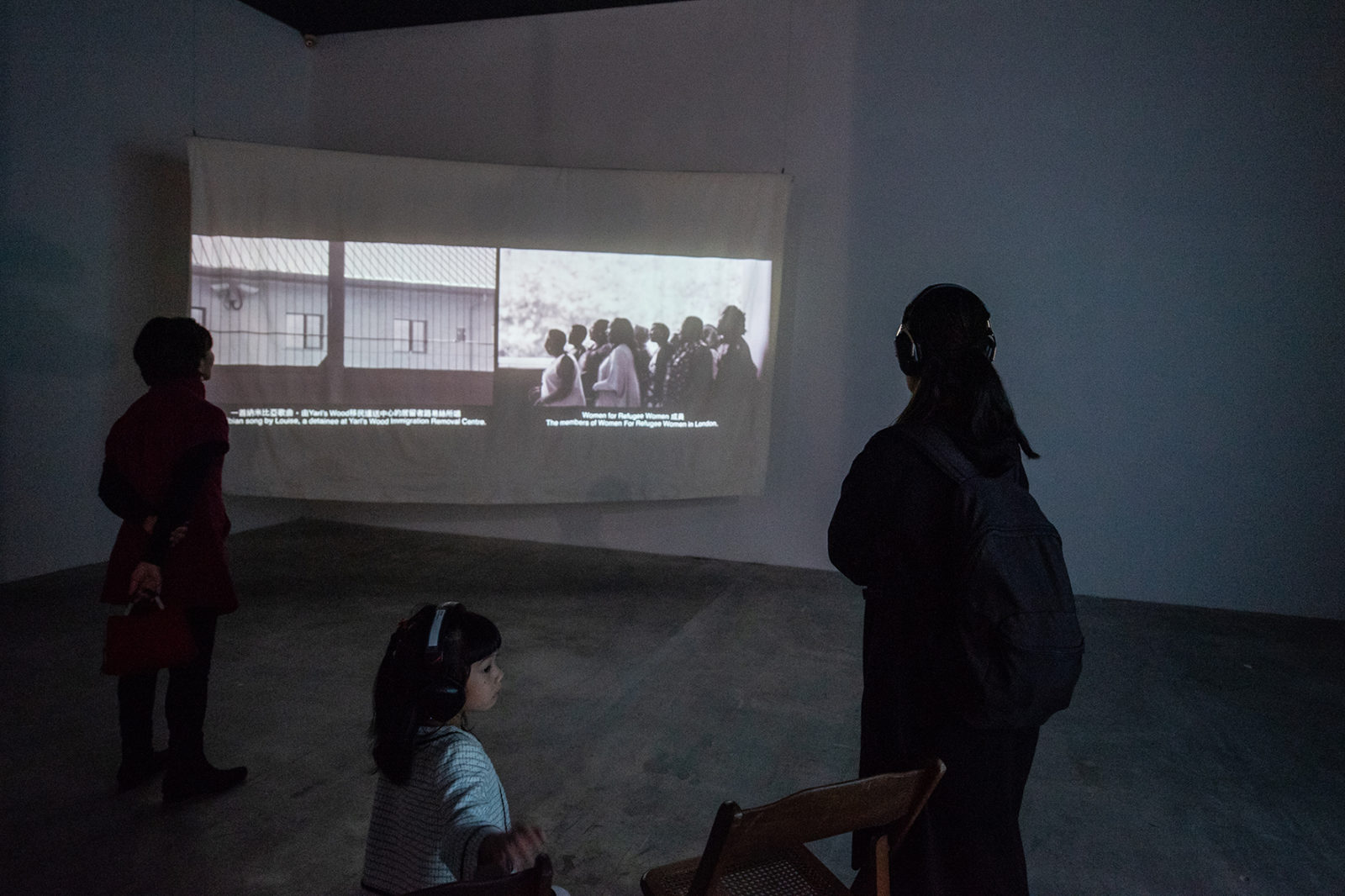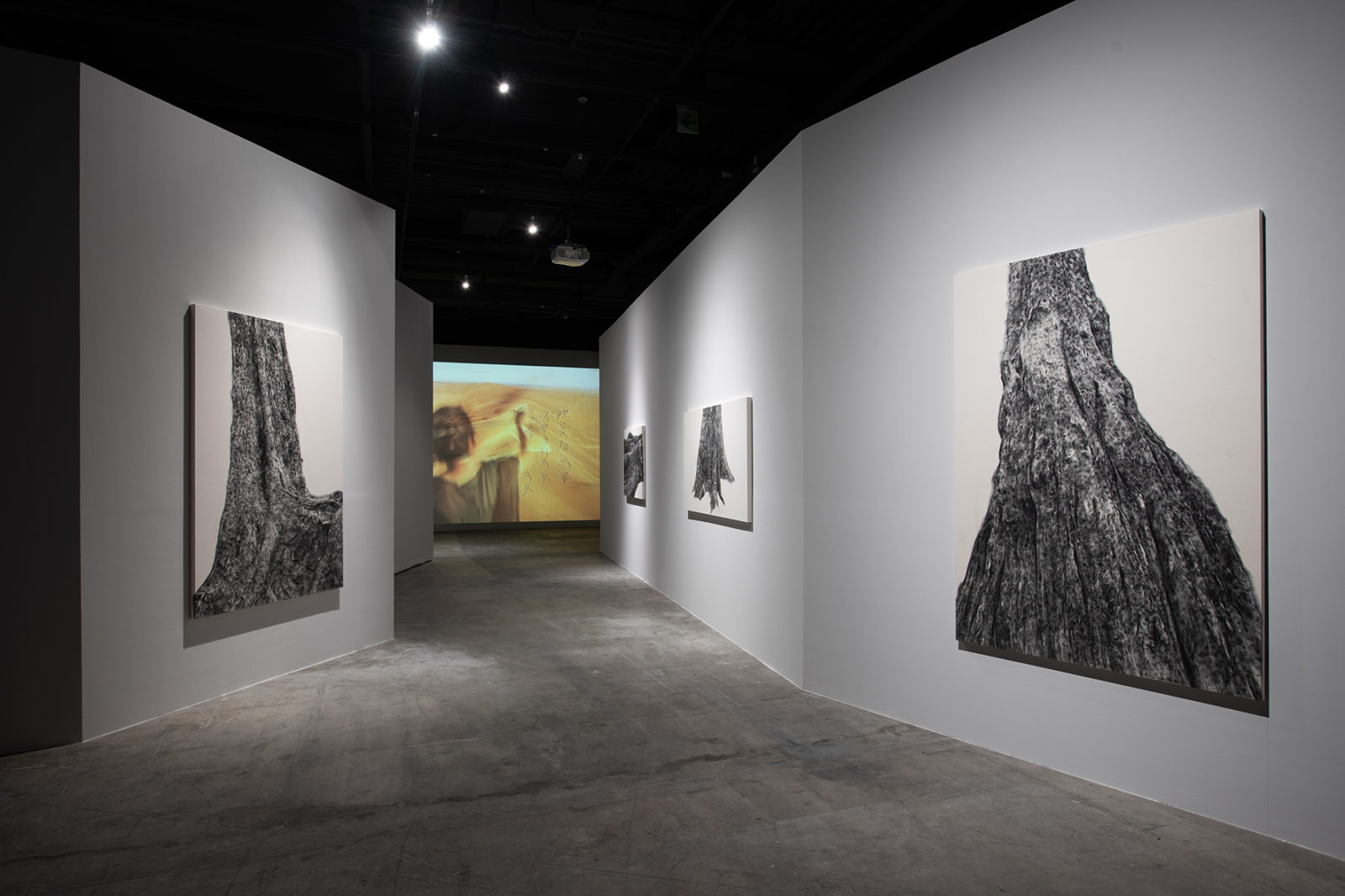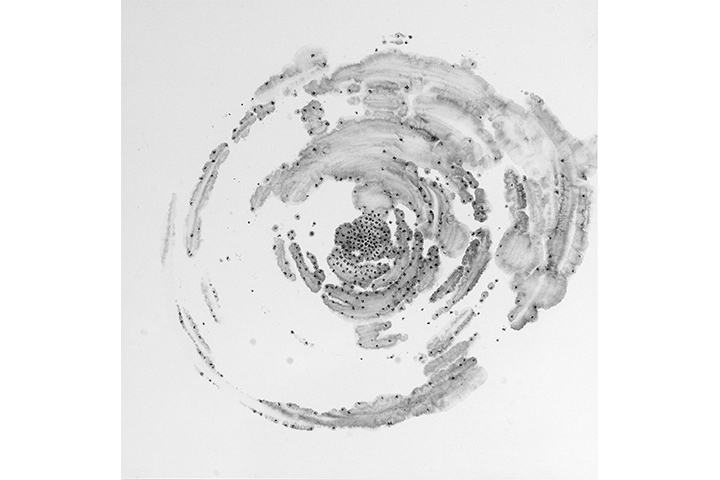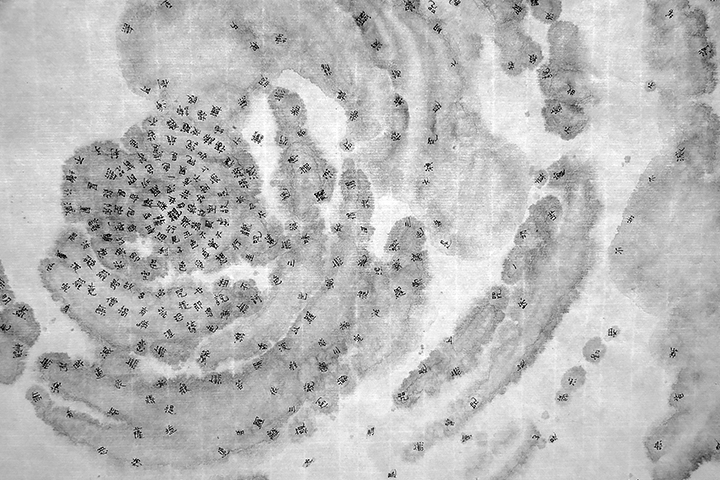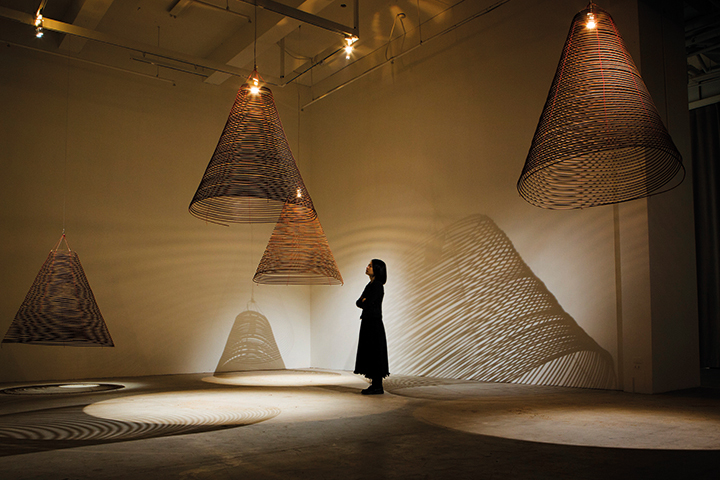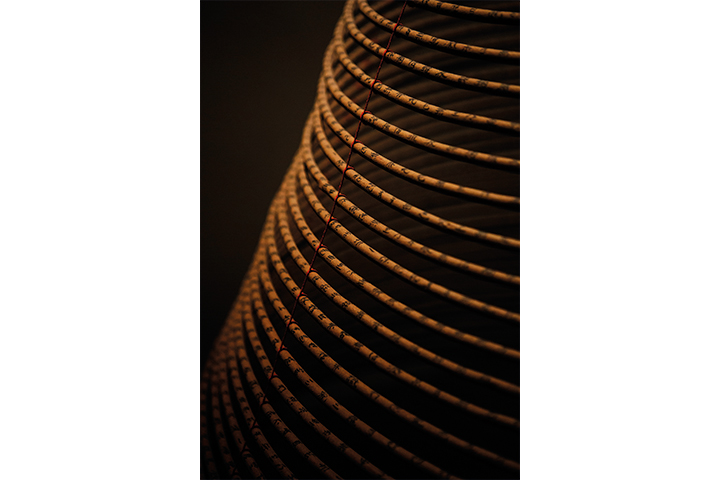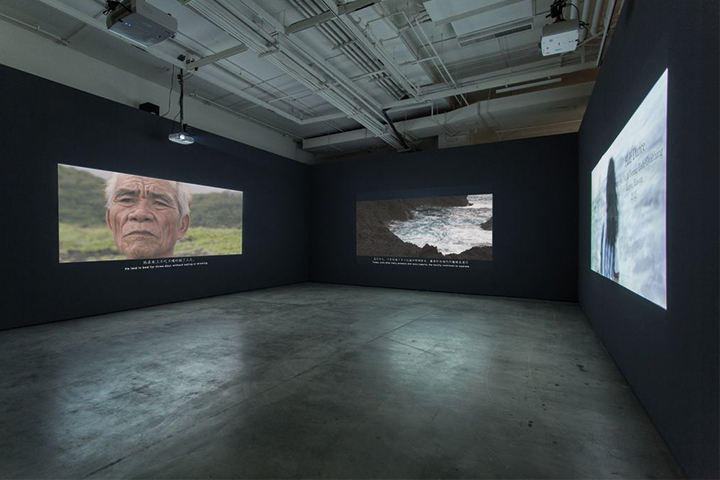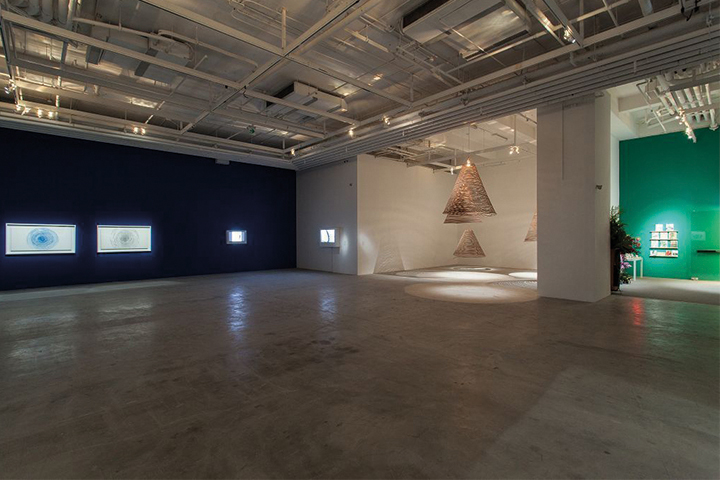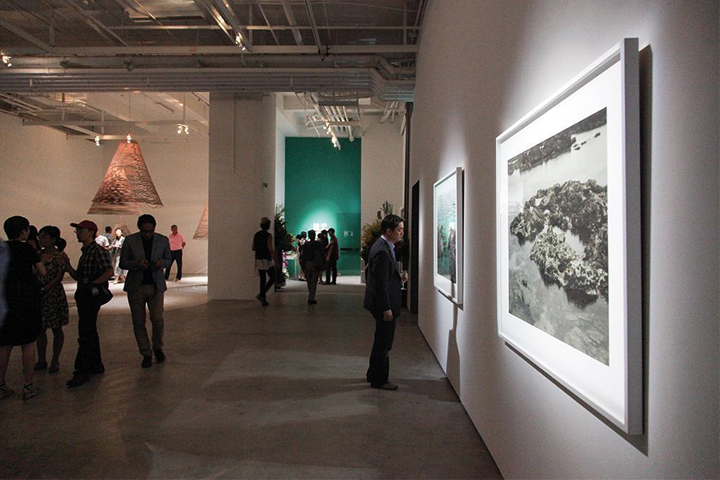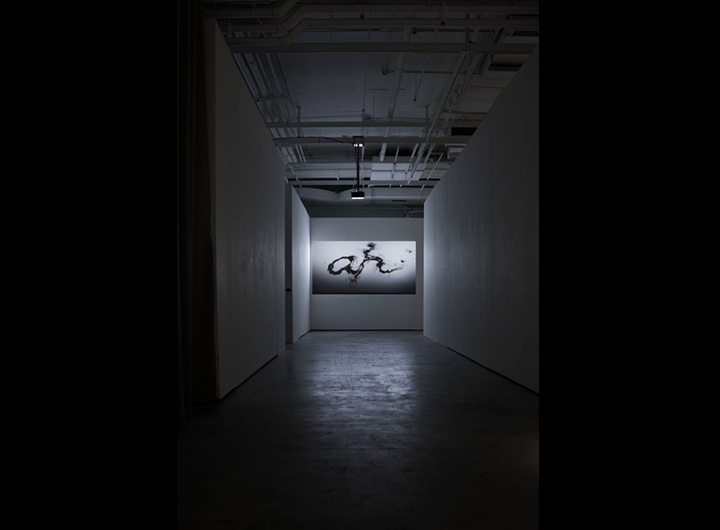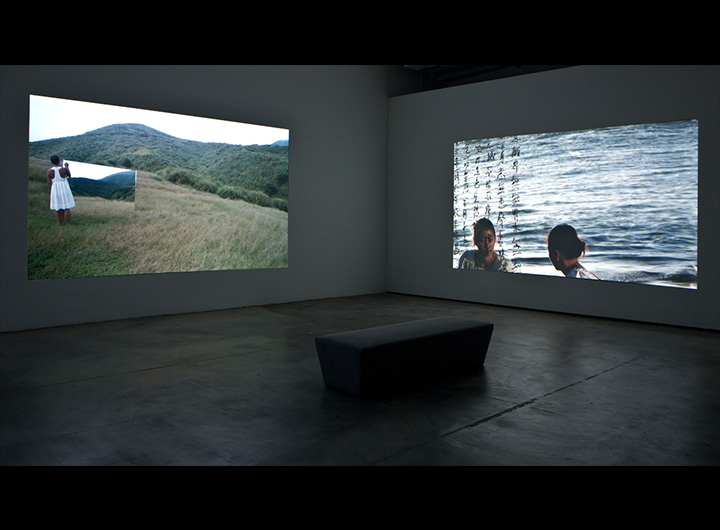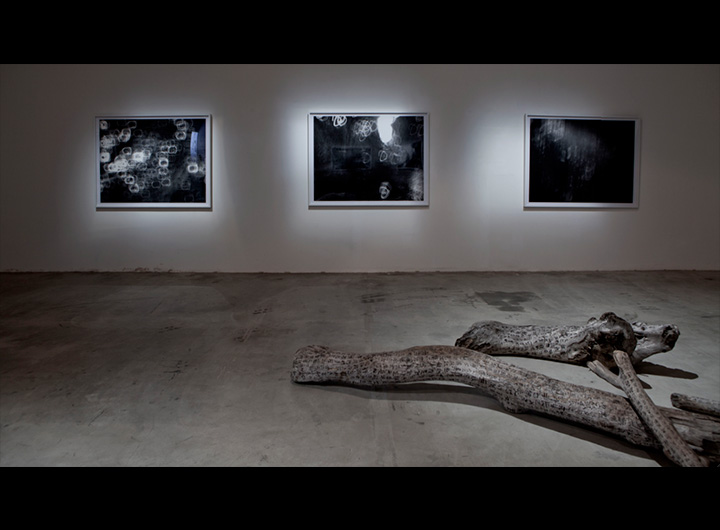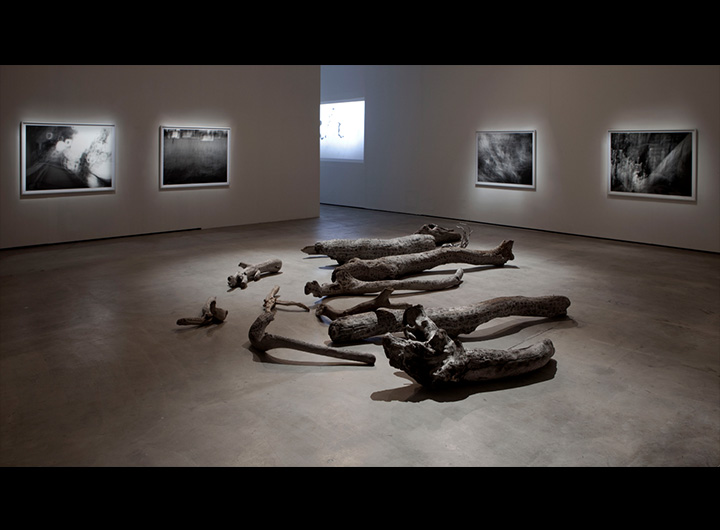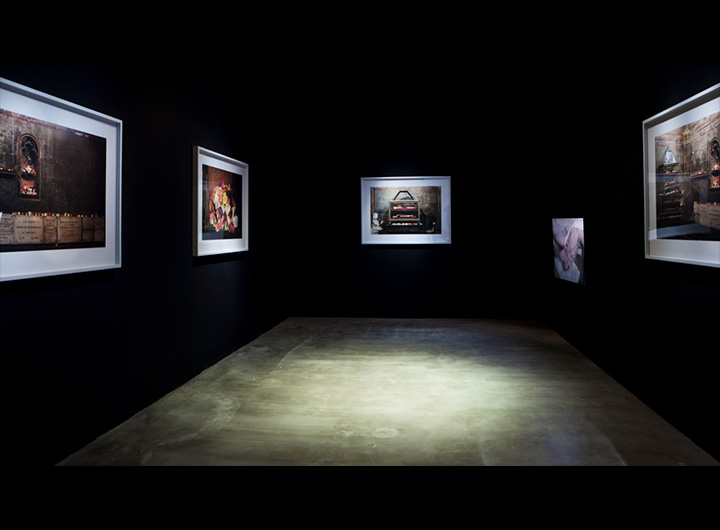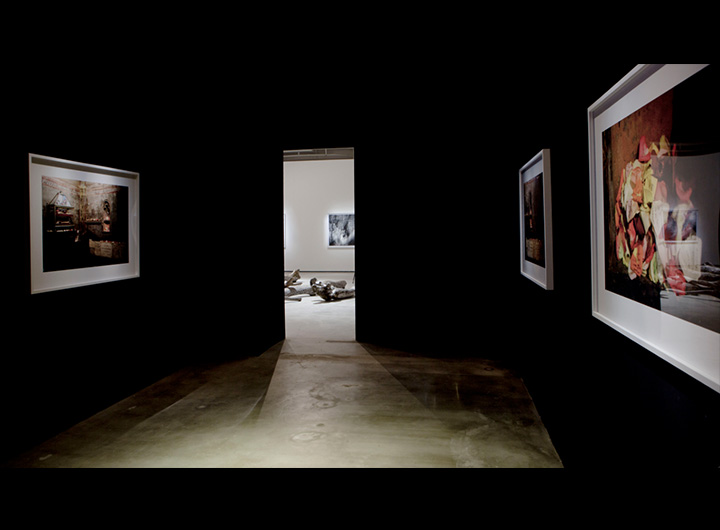Coming Together (solo exhibition)
TKG+, Taipei, Taiwan, 2021
Press Release
3D map of the exhibition




“Coming Together” is an exhibition born out of conversations between Charwei Tsai from her studio in Taipei with other artists, creatives, and collaborators from different parts of the world during this period of collective trauma that the world has faced. Through the process of working in collaboration and dissolving the role of the artist as an individual entity, gradual healing and regeneration began.

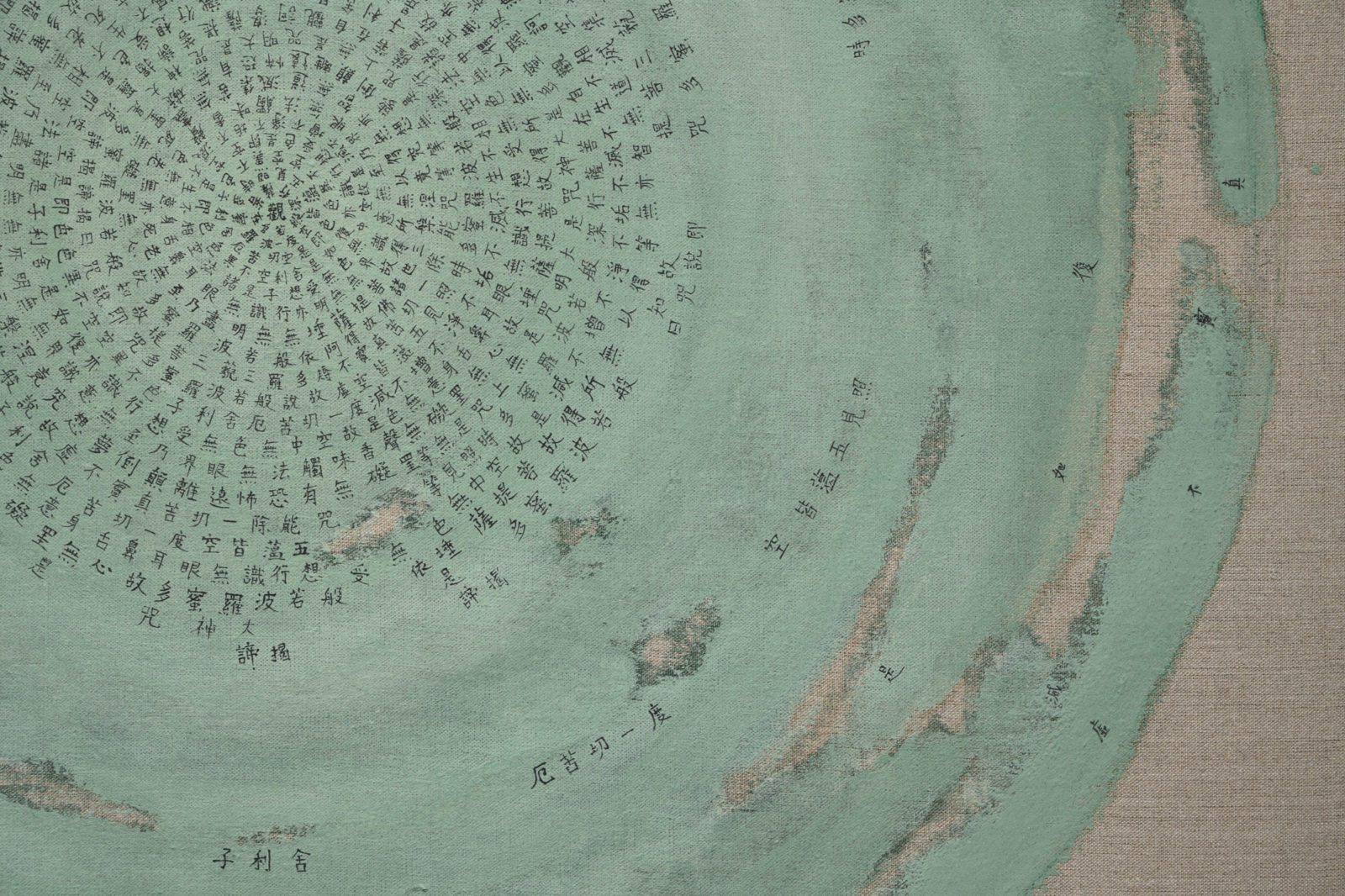
The central piece of this exhibition, Numbers, 2022, is a multi-channel video and sound installation that marks Tsai’s first collaboration with the musician Stephen O’Malley. It is co- commissioned by Sydney Opera House and C-Lab, Taipei for an online streaming project “Returning”. Tsai and O’Malley invited five prominent opera singers to reflect on and to perform the act of singing numbers that are important to them at a recording studio in Sydney. The numbers that they chose range from the world’s population to the number of people who have contracted the virus or who had died from it, to the days that they were apart from their families, and the ages of those who had lost their lives. From O’Malley’s studio at La Becque in Switzerland, he then composed an electroacoustic piece responding and incorporating selections of recordings, with additional synthesis arrangements performed by the musician Kali Malone. While reflecting on the composition, Tsai collected video recordings of imageries that rose to mind including elements from nature such as water, air, earth, and fire. In a four channel video work, a hand appears in the video counting the numbers that are sung. This work is a reflection on the ways by which the numeric systems plays a dominant role in the human connection to the natural environment.
During this time, Tsai also made frequent visits to her indigenous friends’ self-sustainable farm and experimental school Bulaubulau in the mountains of Yilan, Taiwan. She took special interest in the traditional Atayal process of weaving and its social and environmental implications in today’s world. Since the beginning of the 20th century, the Japanese colonizers imposed the “five year aboriginal policy”, which banned tattooing on the face and restricted traditional weaving. Therefore, the knowledge of hand-crafting the yarn and dye from local plants passed down from generation to generation has been lost. Almost two decades ago, the Bulaubulau family revived this knowledge starting with the grandmother recollecting the weaving techniques and passing it down to her daughters and grand-daughters. In the recent years M’l’s (pronounced as Merlers) who is one of her grand-daughters, took the process further and relearned how to make plant based dye locally from plants such guava leaves, turmeric, twigs and berries. During Tsai’s stays with the family, she learned some basic techniques of weaving and together they conceived ideas of creating new textile pieces that honors the female labour and social impact on the community of reviving the craft.
Inspired by the working environment of the women weavers in the Bulaubulau village, the new issue of Lovely Daze Issue 12, is dedicated to women artists and their communities who are mainly from the Global South. This will be the first issue where conversations between the artists are presented alongside their projects. The book launch of this new issue will take place during the opening reception of this exhibition.
Additionally, the exhibition will also feature a new installation, A Temple, A Shrine, A Mosque, A Church made with handwoven palm leaves by craftswomen of Al Ghadeer who are from United Arab of Emirates, originally commissioned by Art Dubai (It was a project that they commissioned then cancelled due to the pandemic); Offering of Mount Meru – Night, a circular black felt mat hand-stitched in Mongolia, and a series of paintings that Tsai has created working with mineral pigments such as agate and shells on linen.
Exhibition Advisor: Dr. Jau-lan Guo Exhibition Designer: Wei-lun Chen











